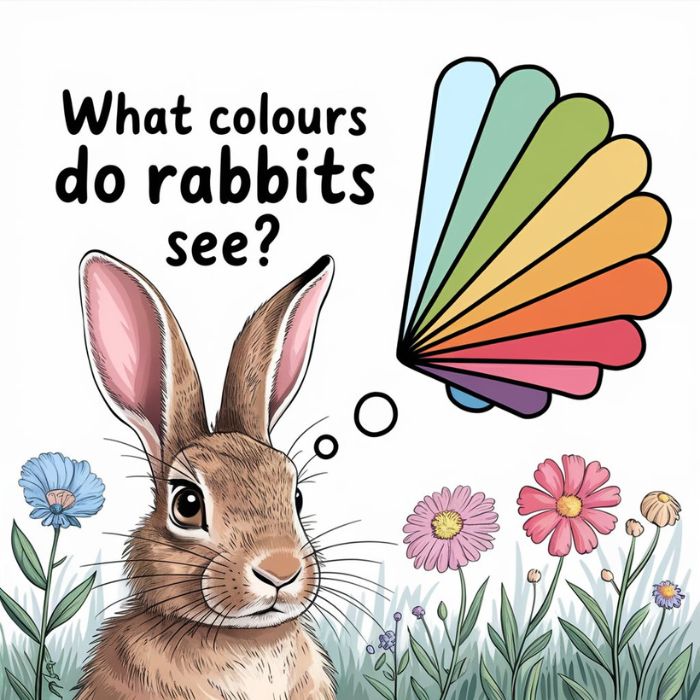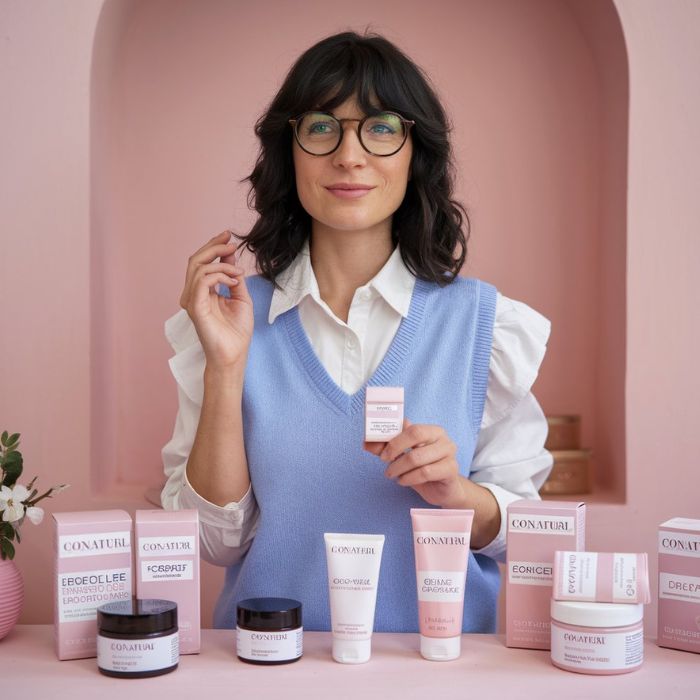Have you ever wondered what the world looks like through the eyes of a rabbit? These adorable, floppy-eared creatures have their own unique way of seeing colors. While we might envision a vibrant rainbow, rabbits experience a much different palette. Understanding how they perceive color can help us create better environments for our fluffy friends and enrich their lives in delightful ways.
In this exploration of rabbit vision, we’ll dive into the science behind color perception, bust some common myths, and unveil what colours do rabbits see. Get ready to discover just how fascinating (and sometimes surprising) the colorful realm is for rabbits!
Understanding Rabbit Vision
Rabbits have a remarkable visual system that differs significantly from ours. Their eyes are positioned on the sides of their heads, allowing for an almost panoramic view. This wide field of vision helps them detect predators lurking nearby.
Despite this advantage, rabbits lack depth perception and struggle to see things directly in front of them. They rely heavily on movement and changes in light to navigate their environment. The structure of a rabbit’s eye is also unique. They possess more rod cells than cone cells, which means they excel in low-light conditions but aren’t as adept at distinguishing colors like humans can.
This combination of factors shapes how rabbits interact with their surroundings, making it essential for us to understand their visual world better when caring for these charming companions.
The Science Behind Color Perception
Rabbits perceive the world differently than humans. Their eyes contain a unique combination of photoreceptors, specifically rods and cones. This structure allows them to see in low light but limits their color spectrum.
Unlike humans, who have three types of cones for red, green, and blue light, rabbits primarily have two. They can detect blue and green wavelengths effectively. However, they lack the ability to see reds distinctly.
This difference stems from evolutionary adaptations. As prey animals, rabbits rely more on detecting motion and contrast rather than vibrant colors. Their vision is finely tuned for spotting predators among varied landscapes. Understanding these nuances helps us appreciate how our furry friends interact with their surroundings beyond just color perception alone.
Factors That Affect Rabbit Color Vision
Rabbit color vision is influenced by several factors. One significant aspect is their eye structure. Rabbits have a unique arrangement of photoreceptors that enables them to detect light differently than humans. Lighting conditions also play a crucial role. Bright sunlight may enhance the vibrancy of colors, while dim environments can dull them significantly.
Age affects perception too; as rabbits mature, changes in their eyesight might alter how they see certain hues. Health matters as well. Conditions like cataracts or retinal issues can hinder color detection and affect overall visual clarity.
Individual differences among rabbits mean that each pet’s experience with color can vary widely based on genetics and environmental exposure. Adaptations to their surroundings create distinct ways they perceive the world around them.
Common Misconceptions about Rabbit Color Vision
Many people believe that rabbits see the world in black and white. This is far from the truth. While they may not perceive colors as vividly as humans do, rabbits certainly have a broader palette than just shades of gray. Another misconception is that all animals see colors equally. In reality, rabbit vision is quite different from ours. They primarily detect blue and green wavelengths but struggle with red and pink.
Some think that because rabbits are prey animals, their color vision must be limited for survival reasons. However, their ability to discern between various shades helps them navigate their environment effectively. Many assume that lighting has no impact on how rabbits perceive colors. Natural light can make hues more vibrant, while artificial sources might dull them down significantly, affecting how your pet experiences its surroundings.
The Colors that Rabbits See Best and Worst
Rabbits have a unique way of perceiving colors. They see the world through a different lens compared to humans. Research suggests that rabbits can distinguish between some shades, particularly in the blue and green spectrum.
This means they are more attracted to cool tones, like blues and greens. These colors stand out vividly against their natural surroundings. On the other hand, reds and oranges tend to be less visible for them. Rabbits struggle to differentiate these warm hues from gray or brown backgrounds. This limited perception may influence how they react to certain objects.
When decorating your rabbit’s space, consider using vibrant blues and soft greens. These shades will create an engaging environment that appeals directly to their vision capabilities while enhancing their overall well-being.
Tips for Enhancing Your Rabbit’s Environment with Colors
Creating a vibrant environment for your rabbit can enhance their well-being. Start by incorporating various shades of green, as rabbits are naturally drawn to these hues. Green mimics the lush grass they would encounter in the wild.
Introduce soft pastels like light blue and yellow into their play area or bedding. These colors can create a calm atmosphere while stimulating curiosity. Consider using toys made from colorful materials. Opt for safe, non-toxic dyes that add brightness without harming them. A mix of shapes and textures can also keep your rabbit engaged. Avoid overly bright colors, which may be overwhelming. Instead, focus on natural tones that resonate with their instinctive preferences.
Experiment with color placement too; arrange items differently; what colours do rabbits see and catch their attention most effectively. This small change could encourage exploration and activity within their space.
Final Thoughts
Understanding how rabbits perceive the world around them can transform your interactions with these delightful creatures. Their unique color vision, shaped by evolutionary factors, reveals a fascinating palette that differs from human perception. By recognizing what colours do rabbits see best and worst, rabbit owners can create more stimulating and comfortable environments.
Enhancing their surroundings with suitable colors not only enriches their lives but also strengthens the bond between you and your furry friend. As you explore this vibrant aspect of rabbit care, remember to observe how your pet reacts to different shades. This understanding leads to better enrichment practices and happier bunnies.
Whether you’re choosing toys or designing their living space, considering what colours do rabbits see will undoubtedly enhance their well-being. Embrace the colorful journey ahead as you discover new ways to engage with your beloved pet!











